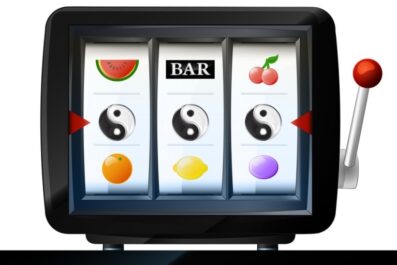Exploring the Rise of the World Series of Poker

The World Series of Poker (WSOP) has grown from a tiny, wild acorn into a global phenomenon, attracting thousands of poker enthusiasts worldwide. It’s cemented itself as the world’s premier poker festival, featuring dozens of multi-table tournaments across a string of poker specialisms, from No-Limit Hold’em to Razz and Omaha Hi/Lo.
Heading Back to the Roots of the WSOP
Its stratospheric rise in recent decades is a testament to the game’s universal appeal, the allure of ultra-competitive, high-stakes action, and the cultural impact of poker in mainstream media. Below, we chart the success of the WSOP, from its formative days in 1970 to the glitz and glamor of the WSOP 54 years on.
It all started back in 1970 at the Horseshoe Casino, now known as Binion’s Gambling Hall & Hotel, in downtown Las Vegas. Legendary casino owner Benny Binion developed the idea of the WSOP – bringing together the best exponents of the game of poker around one table.
The first events comprised of a string of cash games, with the winner nominated by opponents during a secret ballot. The WSOP Main Event followed two years later, with a buy-in of $10,000, which has remained the same to this very day.
Enter Stage Left: The Moneymaker Effect
Over the subsequent two decades, the WSOP continued to enjoy popularity within the poker niche, but it needed a true spark to achieve global exposure. That spark would arrive in the form of Chris Moneymaker.
The American poker amateur qualified for the 2003 WSOP Main Event via a $39 online qualifier and went on to take down the tournament for a $2.5 million payday. It was almost pure profit for Moneymaker, who managed to prevail through huge entry fields of players to win on and offline.
One of the main challenges for any poker enthusiast is to try and qualify for the WSOP Main Event. This is the biggest tournament of the series, attracting over 10,000 players in recent years. The 2024 WSOP Main Event carried a $94 million prize pool, with the winner taking home a cool $10 million.
Online qualifiers, known as satellites, have been held for the WSOP Main Event since the online poker “boom” of the early 2000s. Today, they still offer some of the best poker freerolls, with the ability to enter free-to-play satellites and grind your way into the Main Event and other WSOP bracelet events.
Moneymaker’s win in the Main Event sparked a boom for online poker rooms. It demonstrated the possibilities for amateur card players, with thousands more flocking to try and grab a piece of the WSOP pie in future years. The Main Event’s field size rose from 839 in 2003 to 8,773 by 2006. This year’s WSOP Main Event attracted 10,112 players, the largest Main Event field in history.
It’s clear that the WSOP remains the gold standard for poker aficionados worldwide. Players from all four corners of the globe flock to Las Vegas for the WSOP, competing for millions of dollars in prize money and the highly-coveted WSOP gold bracelets.
Live-streaming coverage of WSOP events, notably the Main Event, on platforms like Poker GO, has enabled fans to stay engaged with the WSOP from afar. Although life moves on, the essence of the WSOP lives on. It’s still revered as the pinnacle of poker, where strategy, bravery, and a healthy dose of good fortune can result in poker immortality. The WSOP is comfortably one of Las Vegas’s finest entertainment exports.





